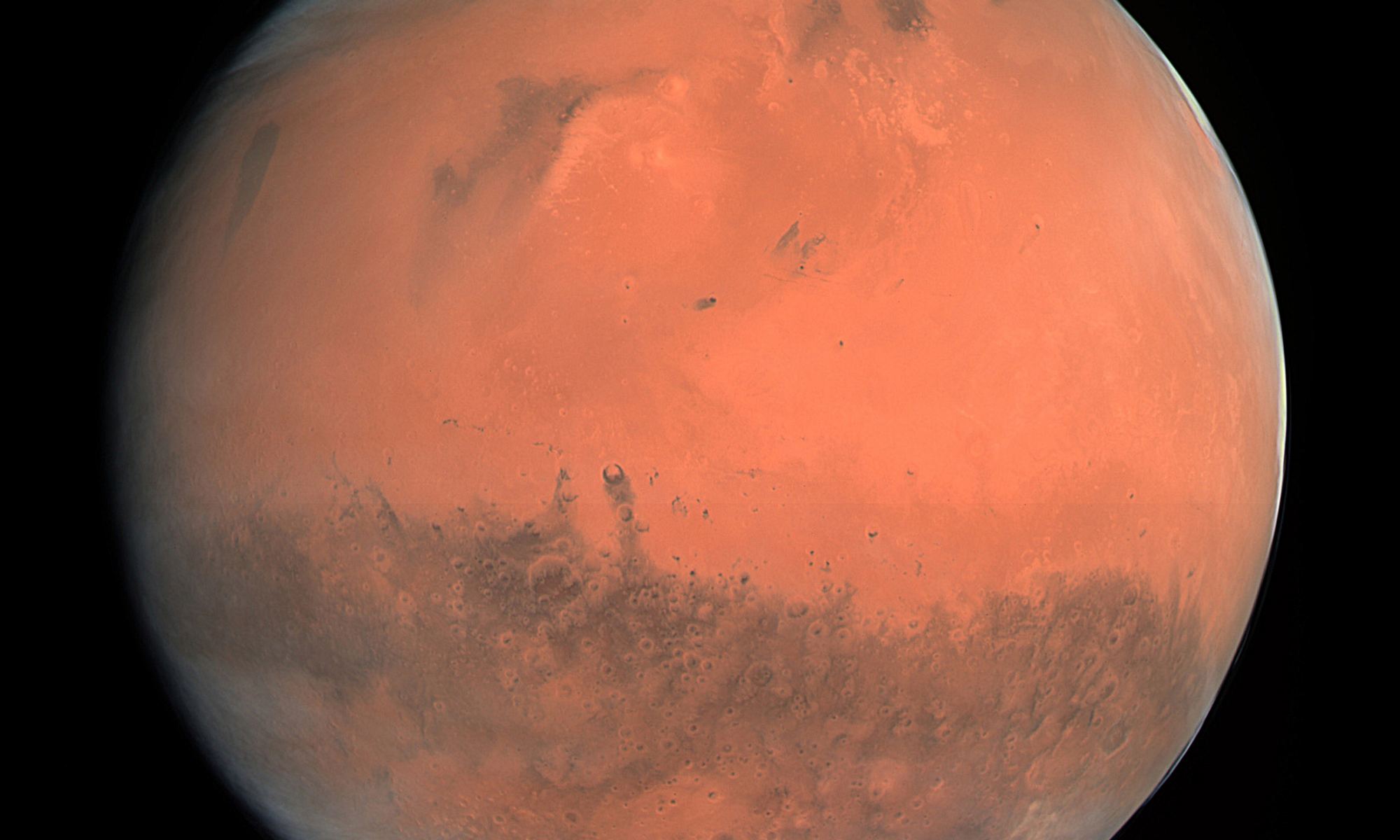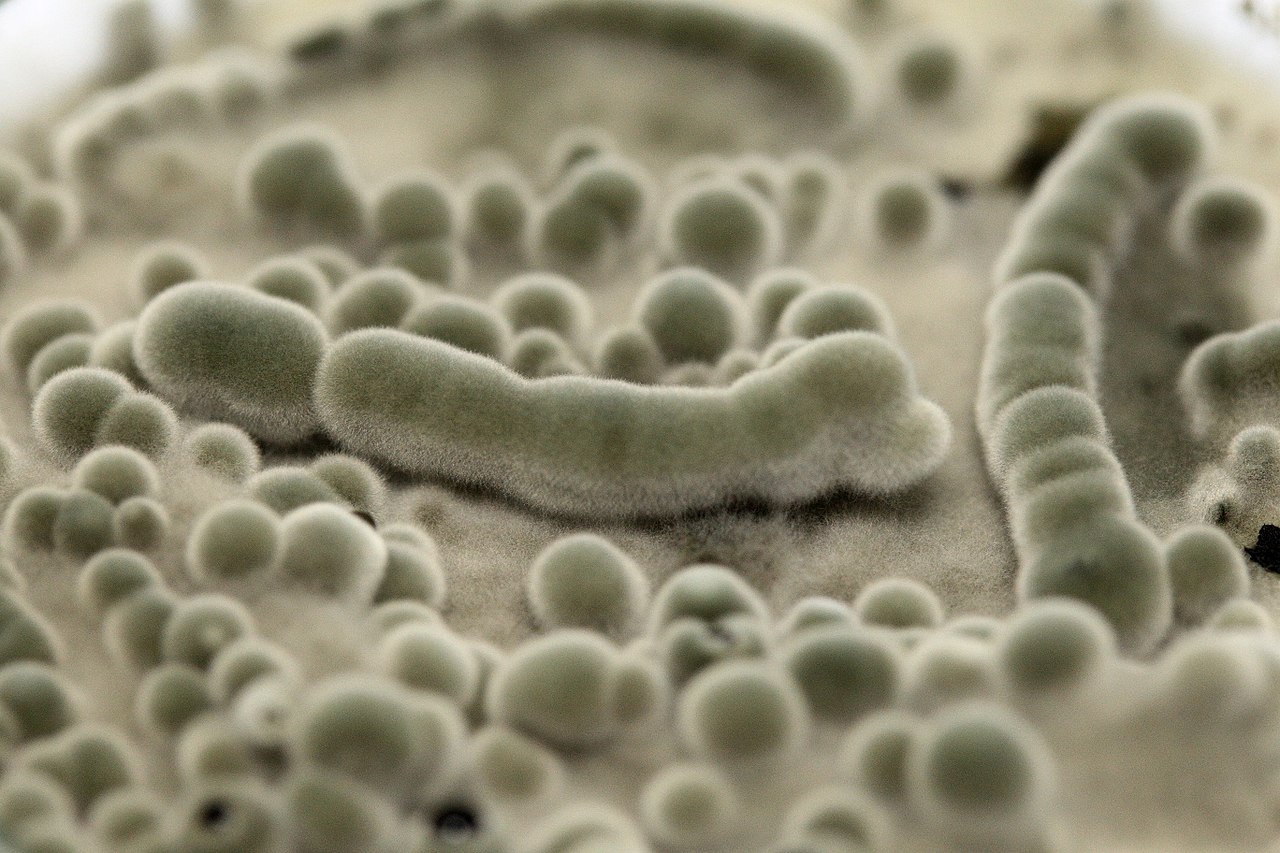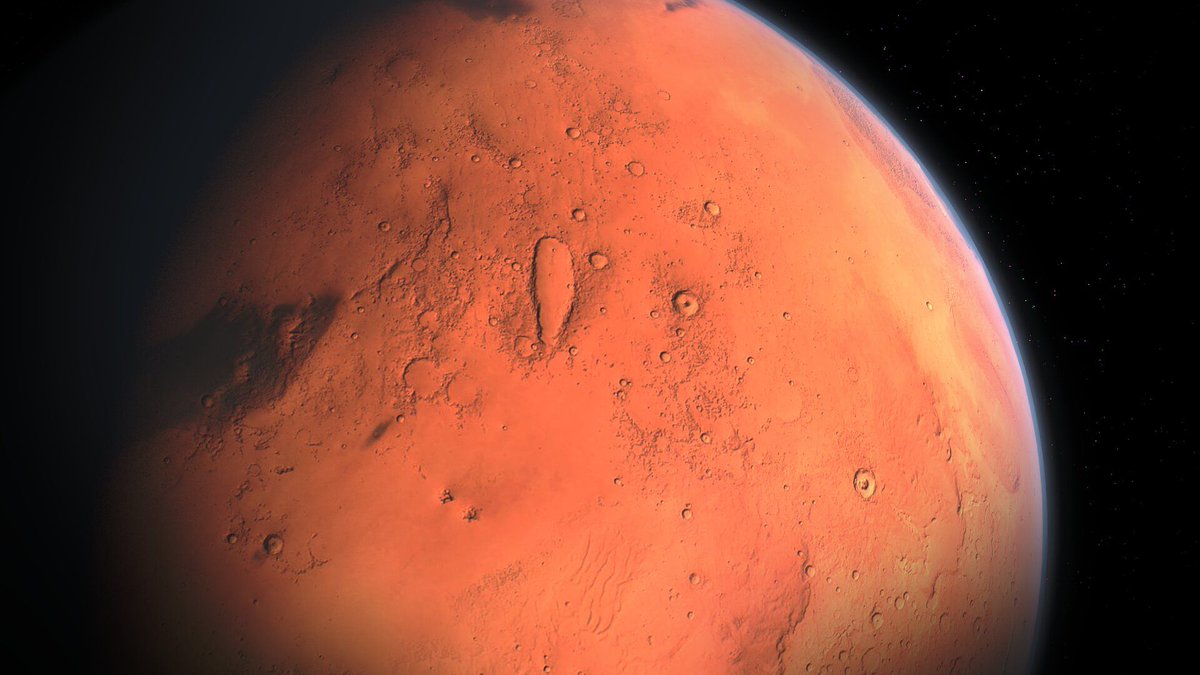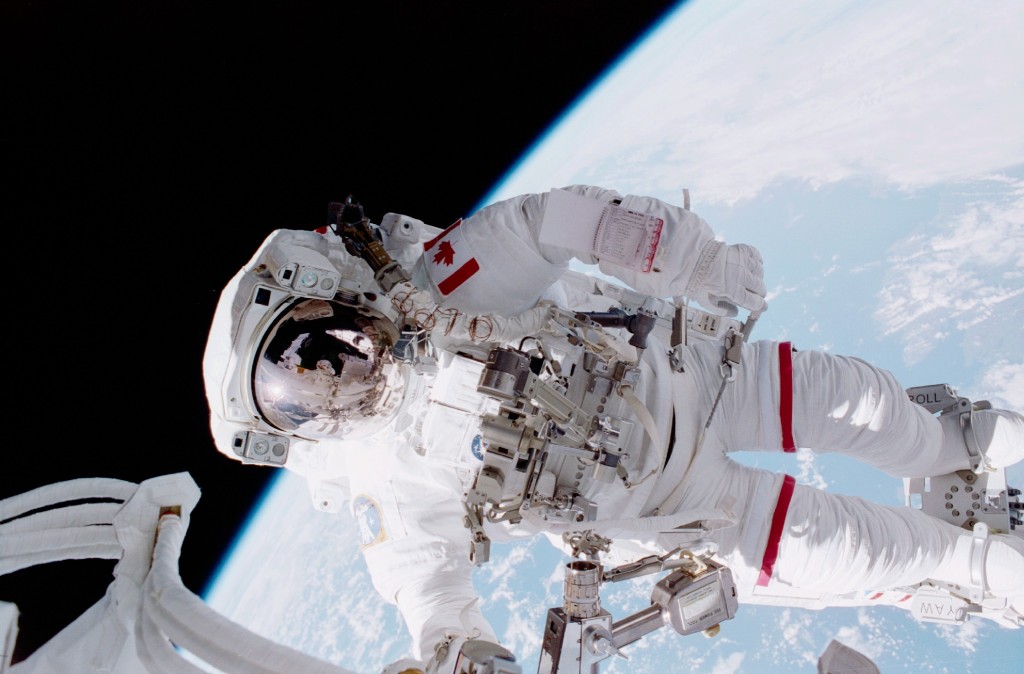Computers are an integral part of space exploration, keeping them functioning when away from Earth. The space environment however is a far from ideal environment for them to operate in. High energy particles can even flip memory bits effecting storage and damaging the computers. NASA are now testing a Radiation Tolerant Computer (RadPC) which has been designed to handle higher levels of radiation. It’s inaugural flight is booked on a trip to the Moon as part of the Firefly Aerospace Blue Ghost 1 Lunar Lander.
Continue reading “Protecting Computers from Space Radiation”Could We Use An Asteroid to Shield Astronauts On Their Way to Mars?
Radiation is a primary concern for long-duration human spaceflight, such as the planned trips to Mars, which are the stated goal of organizations such as NASA and SpaceX. Shielding is the standard way to protect astronauts from radiation during those flights. However, shielding is heavy and, therefore, expensive when it is launched off the Earth. What if, instead, astronauts could hitch a ride on a giant mass of shielding already in space that will take them directly to their destination? That is the basic thought behind a paper from Victor Reshetnyk and his student at Taras Shevchenko National University in Kyiv.
Continue reading “Could We Use An Asteroid to Shield Astronauts On Their Way to Mars?”Astronauts Going to Mars Will Receive Many Lifetimes Worth of Radiation
In a recent study published in Space Physics, an international team of researchers discuss an in-depth study examining the long-term physiological effects of solar radiation on astronauts with emphasis on future astronauts traveling to Mars, to include steps we can take to help mitigate the risk of such solar radiation exposure. The researchers hailed from the United Arab Emirates, New Zealand, India, United States, Italy, Greece, and Germany, and their study helps us better understand the in-depth, long-term health impacts of astronauts during long-term space missions, specifically to Mars and beyond.
Continue reading “Astronauts Going to Mars Will Receive Many Lifetimes Worth of Radiation”Fungi Were Able to Absorb Radiation on the ISS. Could Astronauts Grow Their own Radiation Shields in Space?
A lack of effective radiation shielding is one of the biggest challenges still to be overcome if humans are to embark on long-term voyages into deep space. On Earth, the planet’s powerful magnetosphere protects us from the deadliest forms of radiation – those produced by solar flares, and galactic cosmic rays arriving from afar – that stream through the Solar System. Astronauts on the International Space Station, some 408km above the Earth, receive elevated levels of radiation, but are close enough to Earth that they still receive some shielding, and can stay on orbit for up to a year. The same can’t be said for astronauts traveling further out, to the Moon, for example, or, someday, to Mars. Future deep space voyagers will need to bring their own shielding with them – or, as a new paper suggests – grow it along the way.
Continue reading “Fungi Were Able to Absorb Radiation on the ISS. Could Astronauts Grow Their own Radiation Shields in Space?”There are Natural Features on Mars That Could Serve as Radiation Shelters
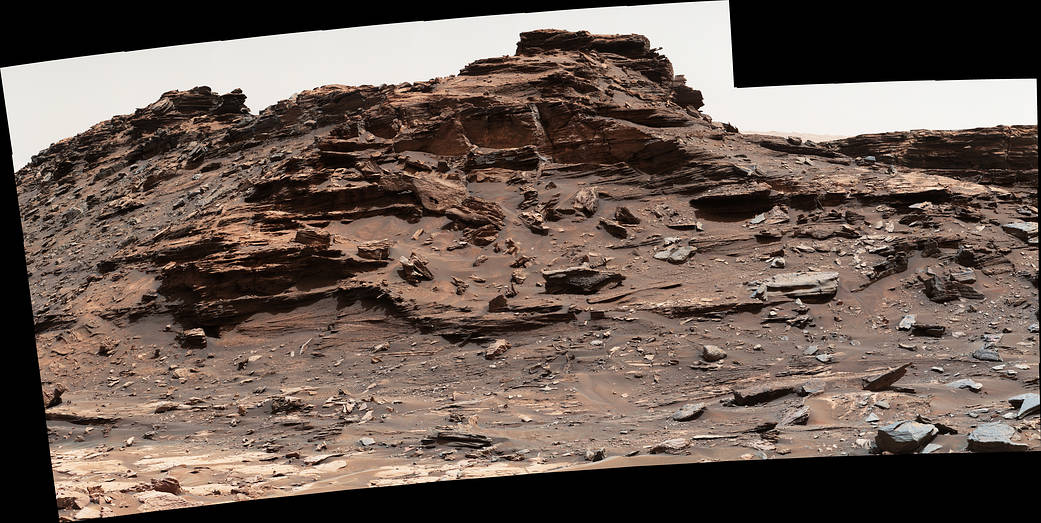
Mars is bombarded with radiation. Without a protective magnetic shield and a thick atmosphere like Earth’s, radiation from space has a nearly unimpeded path to the Martian surface. Our machines can roam around on the surface and face all that radiation with impunity. But not humans. For humans, all that radiation is a deadly hazard.
How can any potential human explorers cope with that?
Well, they’ll need shelter. And they’ll either have to bring it along with them or build it there somehow.
Or maybe not. Maybe they could use natural features as part of their protection.
Continue reading “There are Natural Features on Mars That Could Serve as Radiation Shelters”A Human Mission to Mars Should Last a Maximum of 4 Years
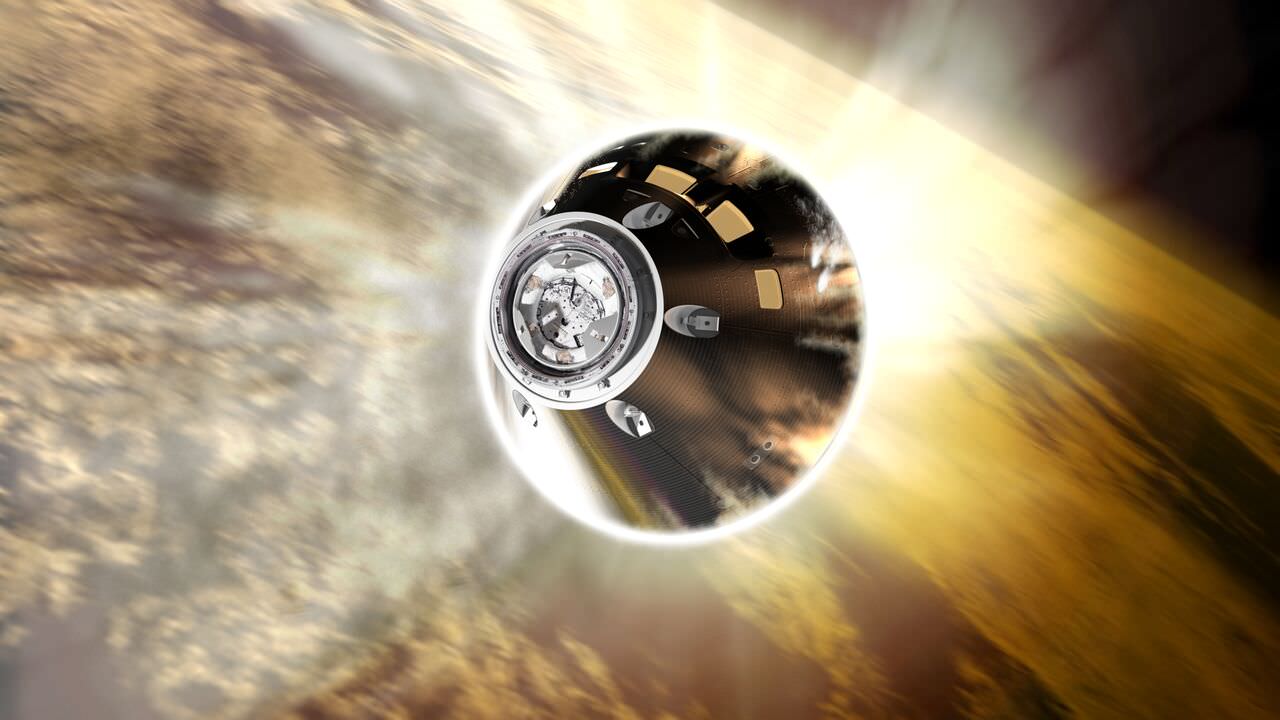
At one time, the idea of sending humans to Mars either seemed like a distant prospect or something out of science fiction. But with multiple space agencies and even commercial space companies planning to mount missions in the coming decade, the day when humans will go to Mars is fast approaching the point of realization. Before this can happen, several issues need to be resolved first, including a myriad of technical and human factors.
In any discussion about crewed missions to Mars, there are recurring questions about whether or not we can mitigate the threat of radiation. In a new study, an international team of space scientists addressed the question of whether particle radiation would be too great a threat and if radiation could be mitigating through careful timing. In the end, they found that a mission to Mars is doable but that it could not exceed a duration of four years.
Continue reading “A Human Mission to Mars Should Last a Maximum of 4 Years”Greenhouses Probably won’t Work on Mars Because of Cosmic Radiation. Even the Plants Will Have to Live Underground
Mars is a lifeless wasteland for more than one reason. Not only are the temperatures and lack of water difficult for life to deal with, the lack of a magnetic field means radiation constantly pummels the surface. If humans ever plan to spend prolonged periods of time on the red planet, they’ll need to support an additional type of life – crops. However, it appears that even greenhouses on the surface won’t do enough to protect their plants from the deadly radiation of the Martian surface, at least according to a new paper published by researchers at Wageningen University and the Delft University of Technology.
Continue reading “Greenhouses Probably won’t Work on Mars Because of Cosmic Radiation. Even the Plants Will Have to Live Underground”Just How Bad are Superflares to a Planet’s Habitability?
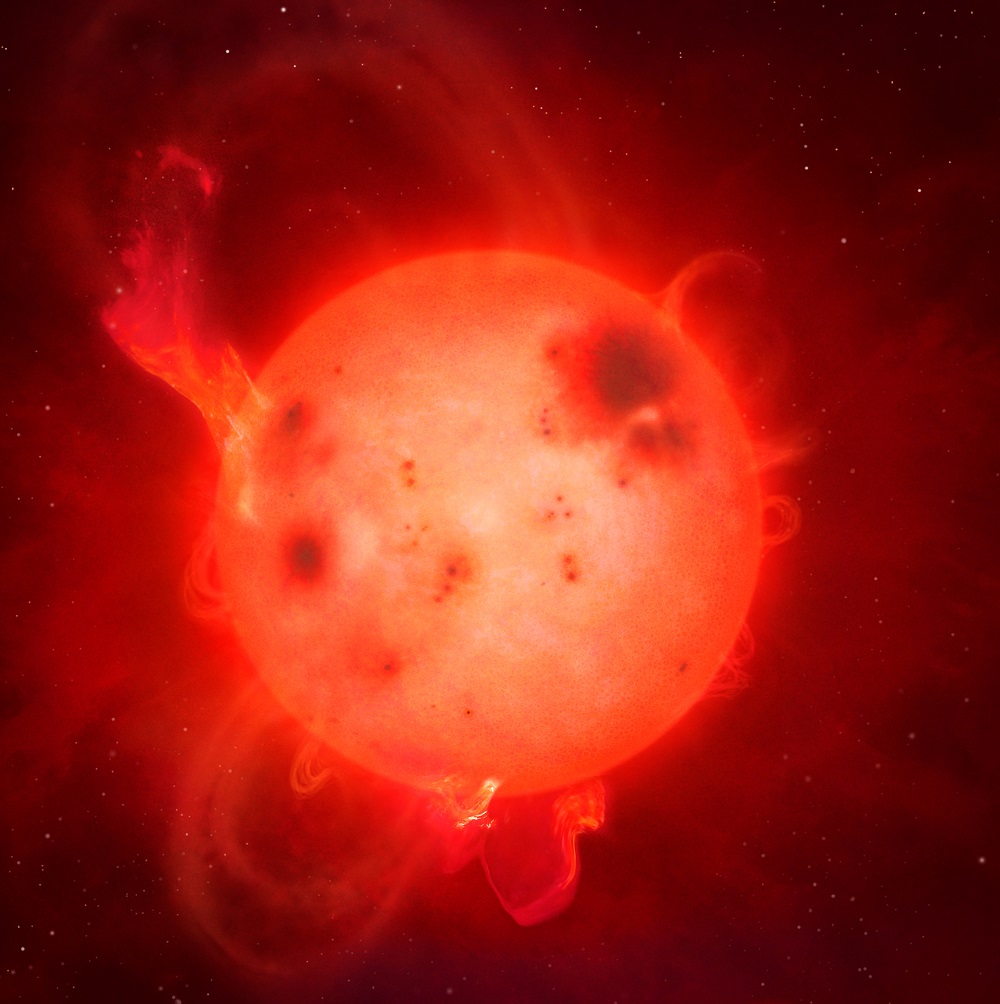
Star’s can be full of surprises; some of them nasty. While our own Sun appears pretty placid, science has shown us that’s not the case. Coronal mass ejections and solar flares are the Sun’s angry side.
And the Sun has only a mild case of the flares, compared to some other stars.
Continue reading “Just How Bad are Superflares to a Planet’s Habitability?”Scientists Have Developed a Way to Make Human Skin More Protected from Space Radiation
Earth is a radiation cocoon. Inside that cocoon, the atmosphere and the magnetosphere keep us mostly safe from the Sun’s radiaition. Some ultraviolet light gets through, and can damage us. But reasonable precautions like simply minimizing exposure can keep the Sun’s radiation at bay.
But space is a different matter altogether. Among the many hazards it poses to astronauts, ever-present radiation is one that needs a solution.
Now a team of researchers have developed a new biomaterial to protect astronauts.
Continue reading “Scientists Have Developed a Way to Make Human Skin More Protected from Space Radiation”The Perfect Stars to Search for Life On Their Planets
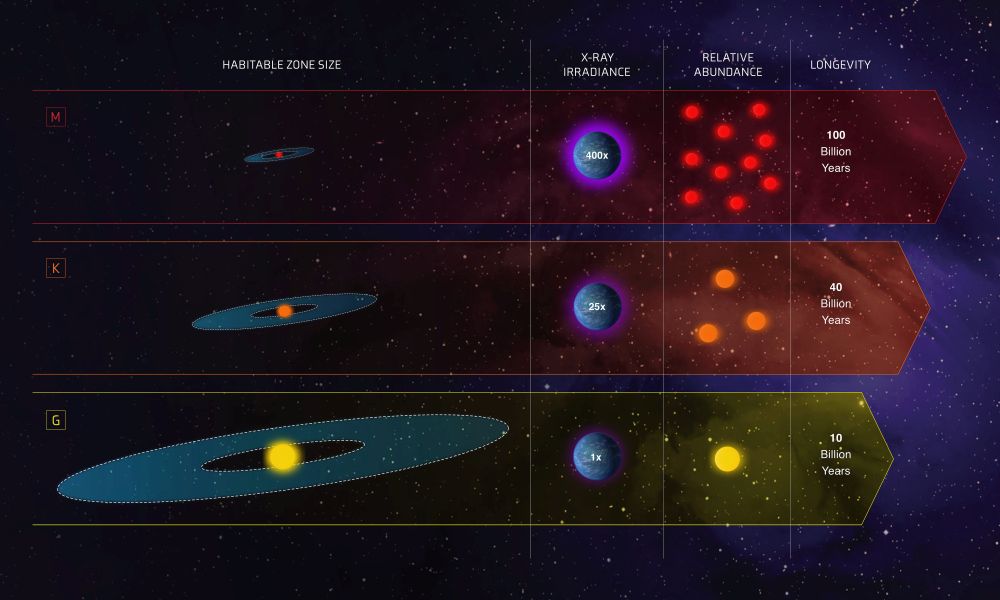
We tend to think of our Earthly circumstances as normal. A watery, temperate world orbiting a stable yellow star. A place where life has persisted for nearly 4 billion years. It’s almost inevitable that when we think of other places where life could thrive, we use our own experience as a benchmark.
But should we?
Continue reading “The Perfect Stars to Search for Life On Their Planets”


